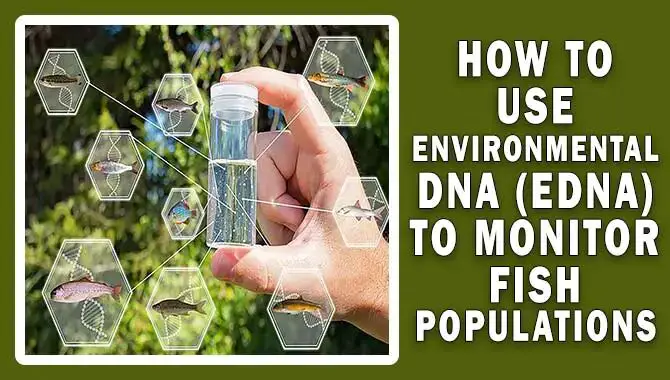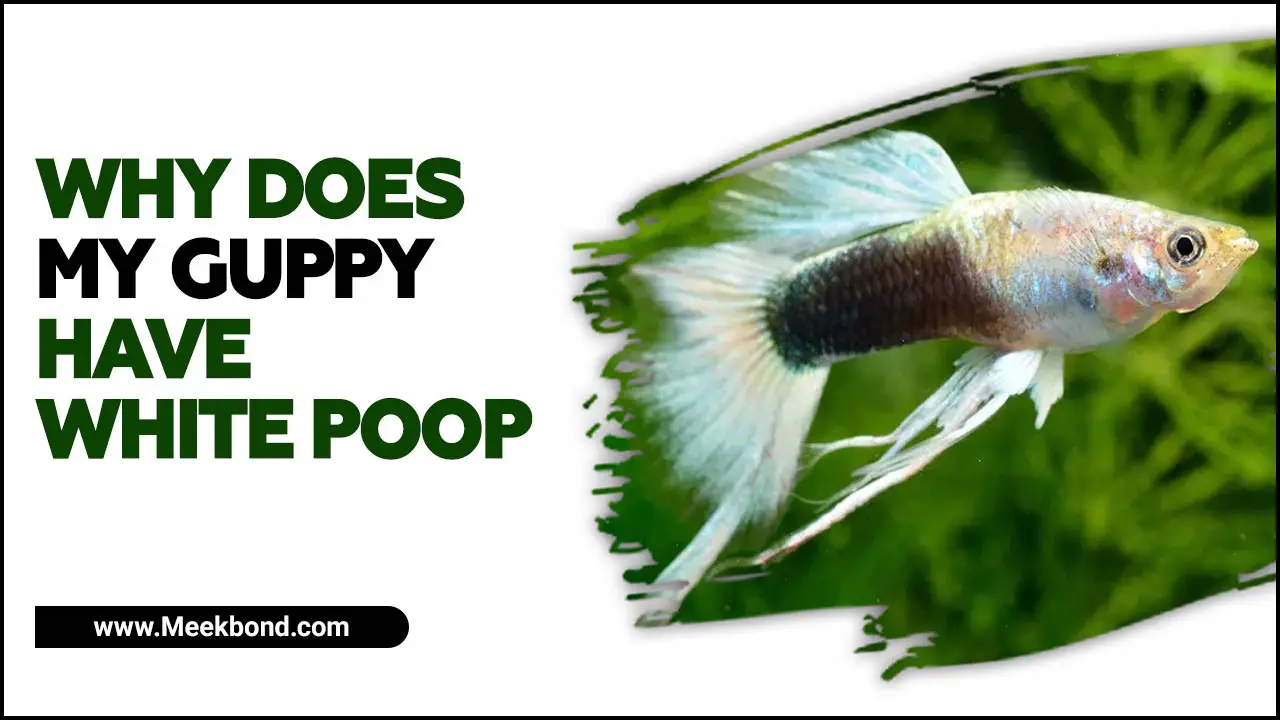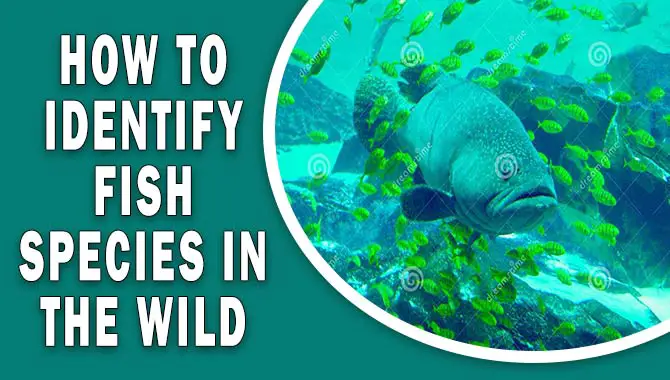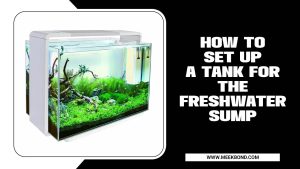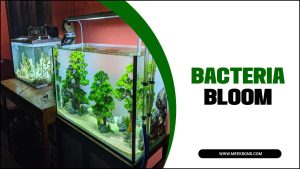Sea monkeys are the most commonly used livestock in aquaria today. They are the source of over half of all aquarium pets sold worldwide. Sea Monkeys Vs Brine Shrimp, which is a better pet?
However, sea monkeys are expensive to maintain and often experience high mortality rates. They also pose an environmental threat due to their growth rate, which is faster than that of brine shrimp. To overcome these issues, many alternative species have been developed in recent years, including African dwarf frogs and pulmonate snails.
Here we’ll compare sea monkeys and brine shrimp in terms of their appearance, behaviour, care requirements, and overall suitability as pets. By the end of this article, you’ll better understand which of these tiny creatures is right for you. So let’s dive in and explore the world of sea monkeys and brine shrimp.
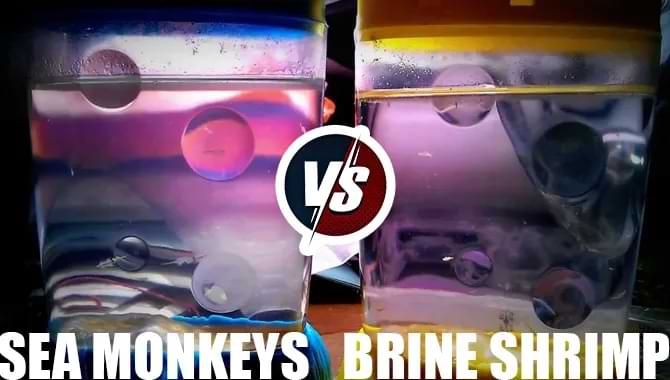
Sea Monkeys
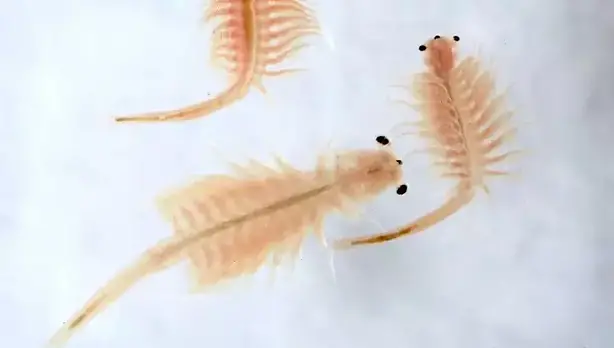
Sea Monkeys, also known as “Sea Fishes”, are small fish that spend most of their time underwater. They can locomote with the help of an additional pectoral fin which is situated on the forward part of their head.
Sea monkeys were initially bred in Japan and have since become very popular aquarium pets all over the world, both for home use and commercial purposes. Sea monkey culture has been incredibly successful due to this availability, but they still have several drawbacks.
Their relatively small size often forces purchasers to keep them alone in the aquarium, leading to very high mortality rates throughout history.
They can also be a challenge for many aquarists due to their fast growth rate, which is an issue because these creatures have been known to consume everything smaller than themselves (Humans included).
Sea monkeys suffer from filter socks attachments on attachments, as well as malformed growth of their fins, which can lead to deformity. Fish
Sea monkeys are constantly attacked by parasites and diseases throughout the year. These specific infections usually cause internal damage that affects overall behavior or food-seeking ability reducing their survival rates dramatically.
Marine organisms such as anchovies, fruit flies (through parasites), amoebae, and even bacteria have been known to infect sea monkey pet populations.
Brine Shrimp
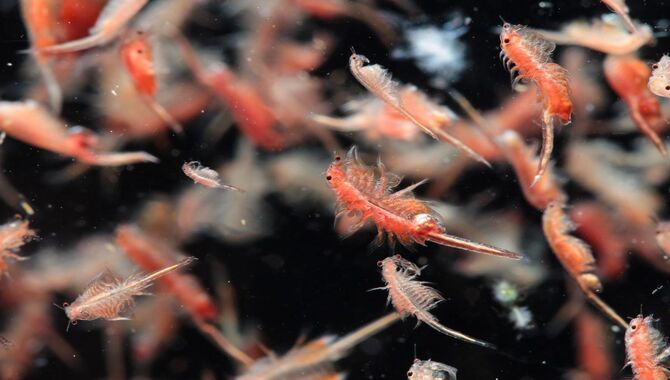
One can refer to Black Brine Shrimp as a cephalopod, which belongs to the class Cnidaria. Their color isn’t particularly vibrant, but it doesn’t necessarily hinder their position on the food chain (which extends high into the atmosphere), nor do they experience any anatomical problems with body deformity-like results caused by some carp varieties.
Black brine shrimp exhibit more diversity than other greens and sustain multiple species, potentially encountering fewer problems than other fish.
Brine Shrimp enjoy many challenges, but one that is twofold for this particular species (and others like it ) comes from the water quality that surrounds them, which tends to impair their survival today.
To combat these types of issues, saltwater aquarists will need not only an effective filtration system but also a healthy environment overall. In this case, the stability of your home’s internal conditions is just as important as its water quality.
Difference Between Sea Monkeys Vs Brine Shrimp
Sea monkeys and brine shrimp both belong to the same family (Calyptraeidae), but, as noted above, since these species are very similar in appearance, sea green varieties should be considered different.
Black Brine Shrimp prefer semi-shallow water, which is unlikely throughout most sea aquariums because of its high toxicity levels. So, unless your other inhabitants allow for it, you should not house them together.
If you have a saltwater aquarium, which is performed by many who do not wish to see their underwater environment eventually destroyed, brine shrimp fauna should be respected because the water itself can damage other sea life.
Therefore if your home’s shellfish contain these creatures as well, they will likely go extinct first before any other species resulting in a more secure overall ecosystem.
As black flake varieties shy away from high oxygen undersea waters and, therefore, deep water, it is recommended that patches of the water are implemented for brine shrimp specimens to reduce their chances of being affected by any other surrounding sea life.
Mothers release young either after two weeks or two months from when they were born. Depending on how many eggs have been released and what species they belong to –
- Pink variety releases 2-month-old juveniles in order to sustain a population
- Brown varieties usually release hatched offspring recently six months old
Brine Shrimp have a symbiotic relationship with certain shellfish, specifically Clione limacina and Limnoperna fortune. In this relationship, the crustacean attaches itself to white algae growing on the sponge of these shells to provide food for its offspring while harvesting it from within.
This occurs primarily overnight which gives brine shrimp limited access during daytime but maintained protection from predators at night also acting as a safety factor.
They’re Not That Instant
Regarding sea monkeys, instant gratification isn’t always the key. Caring for them properly may be the best thing for your wallet in the long run. Before you can start seeing results, sea monkeys require plenty of water and a burrow or enclosure to live. Once you set them up and properly care for them, their antics will keep you entertained for hours.
One common misconception about sea monkeys is that they are instant pets. However, like all creatures, sea monkeys need to treat with respect and given the time they need to thrive. So, patience is key when it comes to these adorable little guys.
They’re Space Travelers
Sea monkeys and brine shrimp are two creatures that often mistake for one another. However, they are very different and have a lot in common. Both sea monkeys and brine shrimp can communicate with each other using clicks and chirps. They travel through water to find food – sea monkeys use a special swim bladder, while brine shrimp use their antennae and legs.
Sea monkeys are close relatives of brine shrimp and share many of the same characteristics. Scientists discovered that brine shrimp were the first space travellers in water environments.
Appearance And behavior Of Sea Monkeys And Brine Shrimp
Sea Monkeys and Brine Shrimp are both popular options for those interested in keeping aquatic pets. They typically sell kits with their own habitat for Sea Monkeys, which also known as Artemia salina, a type of brine shrimp. They have a unique appearance, with long tails and transparent bodies that make them look almost alien-like. Sea Monkeys are relatively low-maintenance and can survive in a range of water conditions.
Brine Shrimp, on the other hand, have a more natural appearance with elongated bodies and multiple legs. People often use them as food for aquarium fish, but they can also keep them as pets. Brine Shrimp are sensitive to changes in water quality and require regular maintenance of their habitat to ensure they thrive.
Both Sea Monkeys and Brine Shrimp exhibit interesting behavior when kept as pets. You can observe them swimming around their habitats and feeding on small particles in the water. Despite their small size, these aquatic creatures can bring joy to pet owners who appreciate their unique appearance and behaviors.
Lifespan And Reproduction Of Sea Monkeys And Brine Shrimp
Sea Monkeys and Brine Shrimp are fascinating creatures that have become popular pets for many people. Despite their small size, they can live surprisingly long lives. Sea Monkeys have an average lifespan of around 2 years, while Brine Shrimp can live for up to 5 years in the right conditions.
Both Sea Monkeys and Brine Shrimp reproduce quickly and easily. Female Sea Monkeys can produce eggs every few days, which hatch into tiny offspring called nauplii. Brine Shrimp also reproduce rapidly, with females laying hundreds of eggs at a time. In both cases, it is important to provide the right environment and food for the offspring to ensure their survival.
With proper care, these tiny creatures can be a fun and low-maintenance addition to any household. So next time you’re looking for a unique pet, consider bringing home some Sea Monkeys or Brine Shrimp.
Feeding And Care Requirements For Both Sea Monkeys And Brine Shrimp
Caring for Sea Monkeys and Brine Shrimp can be a fun and rewarding experience. While these tiny creatures may seem low maintenance, they do require specific care and feeding requirements to ensure their health and well-being. For starters, both Sea Monkeys and Brine Shrimp require a clean water environment with proper filtration systems.
You also need to feed them regularly with specialized food that you can purchase at pet stores or online. It is important to follow the recommended feeding instructions carefully, as overfeeding can lead to water quality issues and potential health problems for your aquatic pets. In addition to regular feedings, experts recommend performing routine water changes and monitoring your aquatic pets’ overall health to ensure they thrive in their underwater world.
Pros And Cons Of Choosing Sea Monkeys Or Brine Shrimp As Pets
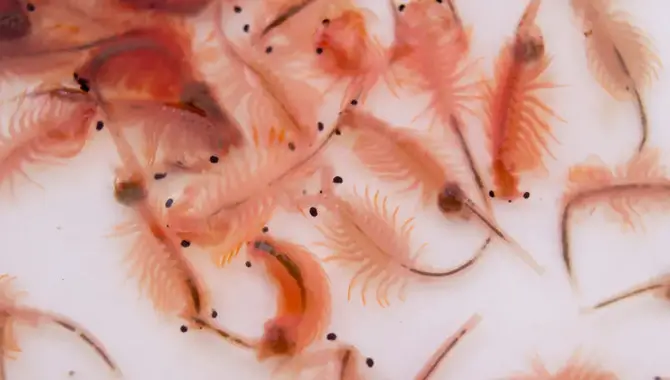
Two types of small aquatic creatures that people often confuse with each other are sea monkeys and brine shrimp. While they may look similar, the two have some key differences. Scientists genetically modified Artemia NYOS, a type of brine shrimp also known as sea monkeys, to live longer and grow larger than their wild counterparts. If you’re looking for a unique and low-maintenance pet, Sea Monkeys and Brine Shrimp are two popular options. Here are some pros and cons of choosing either as your pet:
Sea Monkeys:
Pros:
– Easy to care for – they only require water and food
– Fascinating to watch as they grow and develop
– Can live for up to 2 years with proper care
Cons:
– May not be very interactive or playful
– Can be sensitive to water quality changes
– Feeding them can be tricky due to their small size
Brine Shrimp:
Pros:
– Other pets, such as fish or reptiles, can use it as food.
– Easy to care for – they only require water and food
– Can reproduce quickly, providing a steady supply of food
Cons:
– Not very interactive or playful
– Short lifespan of only a few months
– Limited options for habitat and diet
Ultimately, the decision between Sea Monkeys and Brine Shrimp will depend on your personal preferences and what you’re looking for in a pet.
Tips For Setting Up A Suitable Habitat For Sea Monkeys Or Brine Shrimp
People often confuse Sea Monkeys and Brine Shrimp with each other, but they are actually two different creatures. People have selectively bred Artemia NYOS, also known as Sea Monkeys, to have longer lifespans and larger sizes. Setting up a suitable habitat for Sea Monkeys or Brine Shrimp can be a fun and rewarding experience. Here are some tips to ensure that your little aquatic friends thrive in their new home:
– Choose the right container. A clear plastic container, like a small aquarium or a Mason jar, is ideal for housing Sea Monkeys or Brine Shrimp. Make sure it has enough space and ventilation to allow for proper oxygenation.
– Use bottled water. Tap water contains chlorine and other chemicals that can harm Sea Monkeys or Brine Shrimp. Using bottled water will ensure that they have a safe and healthy environment.
– Add the right amount of salt. Sea Monkeys and Brine Shrimp require salt water to survive, so make sure you add the correct amount of sea salt to the water according to the instructions on the packet.
– Provide adequate light. Sea Monkeys and Brine Shrimp need light to grow and thrive. So place their container in a well-lit area or use an aquarium light.
– Feed them regularly. You need to feed both Sea Monkeys and Brine Shrimp regularly with specialized food that can be bought online or at pet stores to ensure their survival.
By following these tips, you’ll be able to create a suitable habitat for your Sea Monkeys or Brine Shrimp that will enable them to live happy and healthy lives.
Common Mistakes To Avoid When Caring For Sea Monkeys Or Brine Shrimp
Caring for Sea Monkeys or Brine Shrimp can be a fun and rewarding experience, but it’s important to avoid common mistakes that can harm these tiny creatures. One mistake to avoid is overfeeding them, as excess food can build up in the tank and cause ammonia levels to rise. Maintaining a stable water temperature and avoiding sudden changes that could shock the Sea Monkeys or Brine Shrimp is also important. Another common mistake is using tap water without treating it first, as chlorine and other chemicals in tap water can be harmful to these delicate creatures. Finally, ensure you provide enough oxygen in the tank through aeration or regular water changes. You can enjoy a thriving community of Sea Monkeys or Brine Shrimp in your home aquarium by avoiding these common mistakes and providing proper care.
What On Earth Is A Sea Monkey?

If you’ve ever seen a sea monkey in a tank or aquarium, you’ve probably wondered what the heck they are. Well, they’re small, Fee-fi-foDUH creatures that live in saltwater environments. They call sea monkeys because of their adorable monkey ears. Sea monkeys are small but mighty and eat algae and other plankton, which helps to maintain coral reefs. If you want to help protect coral reefs, consider raising sea monkeys. They’re a great way to make a difference and have a lot of fun.
How Are Sea Monkeys And Brine Shrimp Similar?
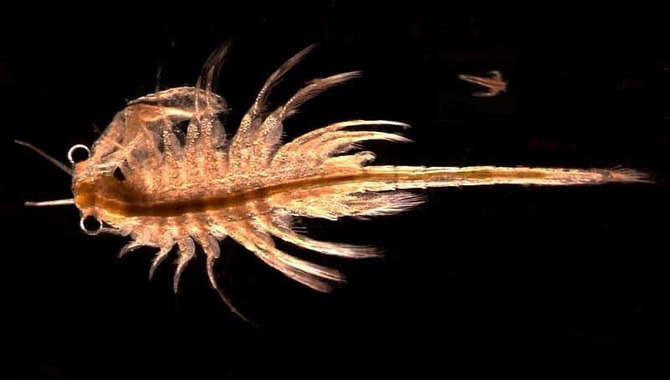
Research labs have used Sea Monkeys and Brine Shrimp, two small saltwater animals, for a variety of reasons. They both have a strong immune system and the ability to regenerate lost body parts. Making them ideal for food production labs. They also know for their small size, making them easy to handle and transport.
Like most animals, sea monkeys and brine shrimp have to be subject to laboratory experiments and treatments over the years. However, their small size has also made them a target for researchers looking to study more in-depth. So, if you are interested in learning more about sea monkeys and brine shrimp. Check out their profiles on research websites like PubMed and Google Scholar.
Conclusion
By consuming reef-safe foods, brine shrimps can contribute to improving the health of your aquarium. This article provides knowledge that allows you to have a juvenile shrimp population in captivity without threatening other sea life or creating negative side effects on they are being raised for human use.
As previously mentioned, these creatures do not require an atmosphere rich in oxygen but rather, controlled saltwater environments will suffice for most benefits they provide towards shellfish yields and overall oceanic. We hope now you understand Sea Monkeys Vs Brine Shrimp comparison.
Frequently Asked Questions
How Much Does A Brine Shrimp Cost?
Adult brine shrimps are typically priced around $0.10 per individual, depending on the demand for them in particular markets, although they can go up to about $1 if their sale is high enough.
What Size Shrimp Can You Get From A Female Specimen?
Each species of brine shrimp will exhibit its own particular egg sizes. However, in general, it is said that females produce bigger batches than males – normally containing anywhere between 300 and 1000 eggs.
Is Fresh Or Saltwater Consumption Better For Consumption?
Both are appropriate so long as the water remains clean for both purposes. Salted water has many benefits to an aquarium, while freshwater likewise has its own unique benefits in terms of pest prevention.
How Many Shrimp Can You Raise?
That depends on the size of your aquarium, but it is reasonable to expect an initial brood (of 5+ individuals) within a week or two, depending on their individual food intakes.
What is Black Brine Shrimp?
Black brine shrimp have the ability to minimize handicaps that other types of sea life face, such as low nutrient availability or excessive toxicity. Which occasionally can save their populations from extinction due to various ecological factors.

Aquarium passion is all about connecting with the aquatic life and providing education to the public on the importance of these creatures. We showcase a wide variety of marine life through our exhibits as well as working with schools to provide unique learning opportunities for students of all ages.

